You have to hand it to the Russians. They beat us into space, beat us to sexual equality, and a small display of early Soviet avant-garde theatre and film design, tucked away in the V&A’s ‘Performance’ area, proves that they beat us hollow in matters of the dressing-up box too. When you arrive (that is, if you arrive — it is a labyrinthine trek to find it) at Russian Avant-Garde Theatre, you should make straight for the little screen. It shows the amazing 1924 sci-fi film Aelita, in which an engineer living under ‘Military Communism’ builds a spaceship and flies to Mars where he falls for Aelita, Queen of Martians.
I checked when Perspex and Lurex were invented — 1934 and 1946 — and shook my head in disbelief, for the fabulous young designer, Alexandra Exter, created costumes that must therefore come from far in the future. Sci-fi meets art nouveau via constructivism. Gorgeous Aelita wears a three-cupped bra (Martians have three breasts, evidently), each cup gushing a torrent of metallic fabric. Her bodyguard, Gor, Guardian of Energy, is still more future-proof: a zigzag tears down his tubular metal body, wings of flexible glass curve around it and decorate his vizor, making Daleks look like dustbins by comparison.
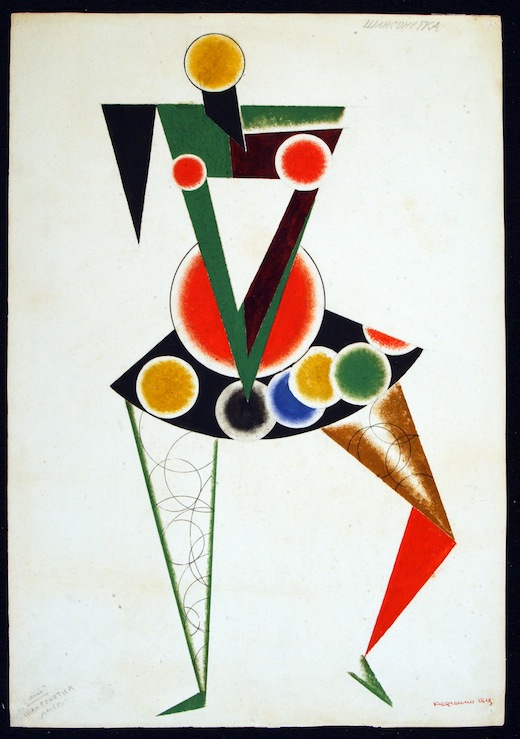
Exter is one of several amazing theatre visionaries of the 1920s whose fragile sketches and set models are assembled here, a handful from the V&A itself, but most in an unprecedented outing from the Bakhrushin Theatre Museum in Moscow. Many were saved discreetly from Soviet wastepaper bins in boxes of broken bits in dusty back cupboards. What a cliff-hanging story. But what a wasted opportunity. The 160-odd items are exhibited in gloomy light on blood-red walls and with barely readable captions at thigh-level, the direct opposite of the smack-in-your-eye performance impact they were designed to have.
Still, if frustration makes your eye alight on the set models such as Lyubov Popova’s delicate web of sticks and wheels for a 1921 staging of The Magnanimous Cuckold, or the Stenberg brothers’ menacing streets and alleys for a 1929 production of Eugene O’Neill’s Negro (All God’s Chillun Got Wings), you’ve got the right instincts. For the theme of the show is the Russian theatre as crucible of the most florescent avant-garde movement we know, creating the double explosion of home and away brilliance. Over in France Diaghilev’s Ballets Russes was harnessing European geniuses, from Debussy to Picasso, while back in Russia the anti-logic launched by the futurists swiftly morphed into the vertiginous spacewalking of Malevich’s suprematism and the Revolution’s artistic children. Some travelled between both worlds: Exter designed for Bronislava Nijinska later, and Natalia Goncharova was one of Vladimir (‘Tower’) Tatlin’s pupils. As this exhibition’s story complements the V&A’s great Diaghilev exhibition of four years ago it’s a mighty pity that, even granted the scale difference, it doesn’t tell its parallel narrative with more confidence.
The ringmaster of Russia’s avant-garde, theatre director Vsevolod Meyerhold, is the unseen hub of this exhibition, being Diaghilev’s home equivalent. His theatrical experiments with a whole sweep of colleagues in music, poetry, cinema and visual arts (Mayakovsky, Blok, Shostakovich, Eisenstein, Rodchenko, Popova, Exter, being just a few) were even bolder than the commercially-minded Diaghilev. Given the driving social narrative they all lived by, a mission to liberate, invent, replace, their efforts could afford to be — no, were demanded to be — radical. Only by being so new could these intellectual arts be saved from the proletarian Daleks. On the other hand, a lot of them never made it to the stage (Exter intended her machine-like set for the 1922 Satanic Ballet, music by Scriabin, to be populated by nude dancers).
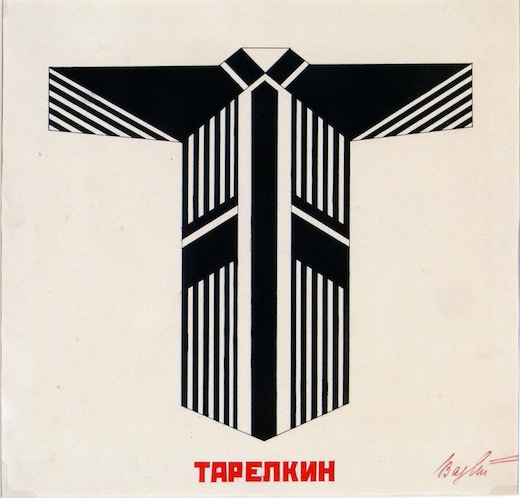
Tiny Malevich pencil sketches for his legendary 1913 opera designs for Victory over the Sun, overlapping with his grand Tate Modern exhibition, will get you wondering whether the theatre space is not the most liberating imaginative device ever invented by mankind. In this playpit anything can happen once you banish principles of gravity and perspective — Meyerhold’s culminating masterwork, with music by Shostakovich, was The Bedbug, about time travel.
The work radiates supreme belief in the imagination. Rodchenko’s Bedbug costumes and three 1922 sketches by Varvara Stepanova have negligible human factor. They exist as bold flat constructions of coloured shape and line in which the dimensional variability of a human body would intrude. By contrast, Moisei Levin’s 1927 Woyzeck sketches are broodingly personalised portraits, while Nikolai Musatov’s ‘Freaks’ and priests for the agitprop ballet Whirlwind have gross tits and piercings, prefiguring Stalin’s sex obsession. Many productions were ‘unrealised’, which was surely a badge of honour. Try imagining that today.
Got something to add? Join the discussion and comment below.
Get 10 issues for just $10
Subscribe to The Spectator Australia today for the next 10 magazine issues, plus full online access, for just $10.
You might disagree with half of it, but you’ll enjoy reading all of it. Try your first month for free, then just $2 a week for the remainder of your first year.



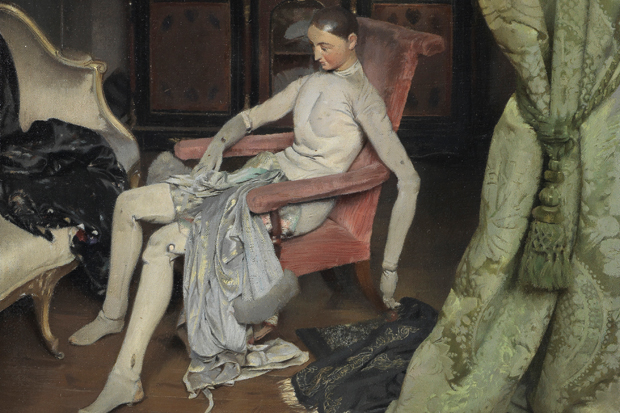
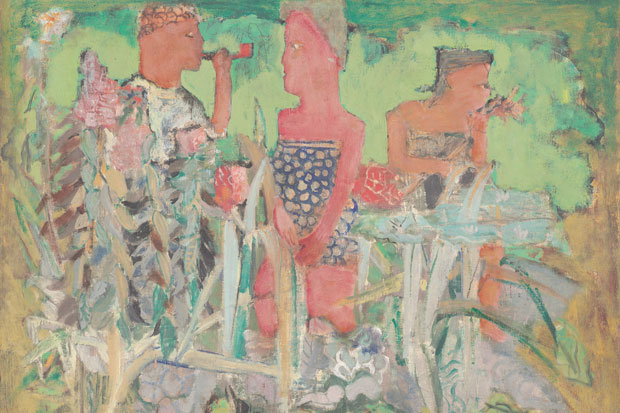
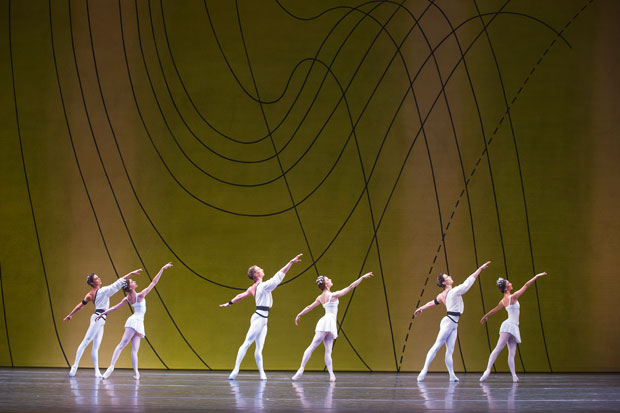







Comments
Don't miss out
Join the conversation with other Spectator Australia readers. Subscribe to leave a comment.
SUBSCRIBEAlready a subscriber? Log in